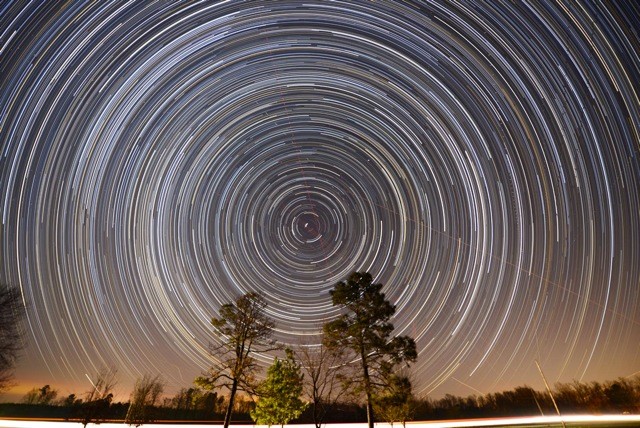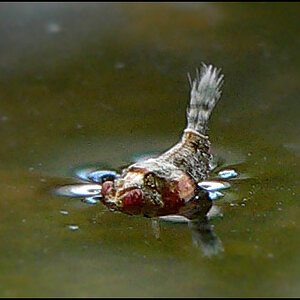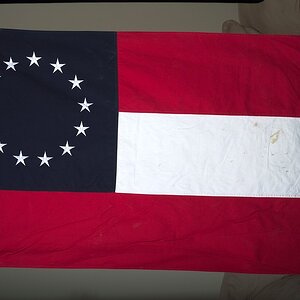ElizaMM
TPF Noob!
- Joined
- Aug 22, 2015
- Messages
- 106
- Reaction score
- 5
- Can others edit my Photos
- Photos OK to edit
Sounds obvious, I know, but how do I find the north star at night? I see it, but it does not seem to show in the view finder. Finding a dark location is not difficult - there are no street lights where we live. I have tried temporarily turning the ISO up to max, with the aperture full open, which is F4 on my 24-105 lens, but still I cannot see the stars through the view finder, or in live view. I have to go to playback, view and enlarge each picture, then navigate around to each star in the image. It is hit and miss and I take many shots simply by guessing what the angle of the lens to my target should be, then moving the lens slightly and starting over again, until the north star is approximately centered. What am I missing?



![[No title]](/data/xfmg/thumbnail/32/32705-430f9656769ce9d03c57fbe11537d5f5.jpg?1619735608)



![[No title]](/data/xfmg/thumbnail/32/32702-7344d6e6132276dd7bfc046084fea432.jpg?1619735604)

![[No title]](/data/xfmg/thumbnail/42/42484-fe2beb05d743deaf21681664722538d4.jpg?1619740195)
![[No title]](/data/xfmg/thumbnail/42/42480-70a0d1b3ccdeb380098dd12f512b4a17.jpg?1619740195)
![[No title]](/data/xfmg/thumbnail/38/38740-d1a7721cf77e9309a9b4a4829c65fdd4.jpg?1619738704)

